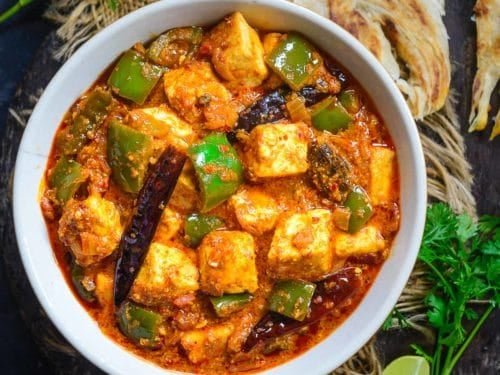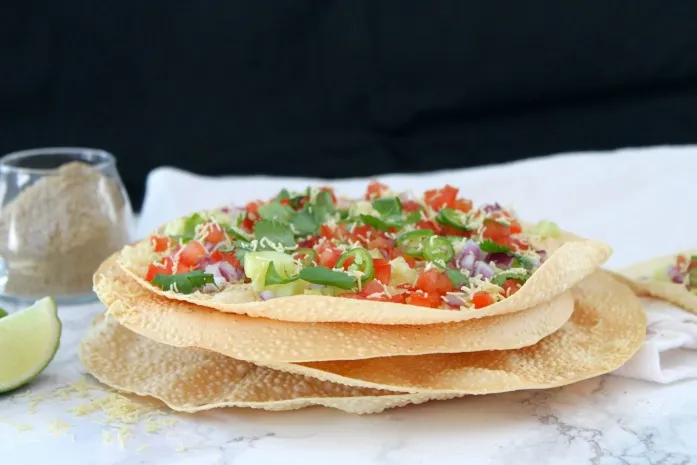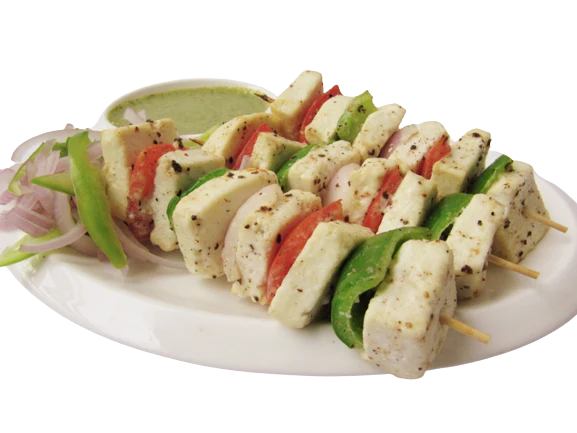Vegetable Jalfrezi-One Of The Best Indian Dishes Worldwide
Indian cooking is renowned for its daring use of spices and its ability to create delectable meals out of ordinary veggies. Vegetable Jalfrezi stands out among the numerous tasty dishes as a bright, colorful, and filling option. Stir-fried veggies and a tomato-based sauce, heavily seasoned with flavorful spices, are combined in this semi-dry curry. It is easy to make, looks good, and can be used for both regular dinners and special events. History Of Jalfrezi Jalfrezi’s history dates back to India’s colonial past, when it was first used as a means to reuse leftover roasted meats and vegetables. “Jalfrezi” is a Bengali term, where “jal” means spicy and “frezi” means stir-fry. The dish became a popular curry in restaurants over time, especially in Bangladeshi and Indian restaurants in the UK. Vegetarian variations, like Vegetable Jalfrezi, are increasingly popular all over the world and are renowned for their vibrant tastes and appealing freshness. Spices Used In Vegetable Jalfrezi Vegetable Jalfrezi is lighter and fresher than thick, creamy curries. Because it is prepared using the stir-fry method, the veggies are not overdone and instead maintain their inherent sweetness and crunch. Because of its semi-dry nature, it may be consumed in a variety of ways and goes well with both bread and rice. It stands out on any menu thanks to the harmony of earthy spices, crisp peppers, and tart tomatoes. Preparation Of Jalfrezi Oil is heated first, then cumin seeds are added for a fragrant tempering. The sauce is made by sautéing onions, garlic, and ginger until golden, then adding tomatoes and spice powder. Mixed veggies are added to the prepared foundation and stir-fried over high heat to keep them crunchy. In order to maintain their freshness, bell peppers and chilies are typically added at the end. The meal is finished with a dash of fresh coriander and garam masala, which adds aroma and appeal. Best Sides With Jalfrezi Vegetable Jalfrezi goes nicely with a variety of sides. It goes well with rice dishes like steaming basmati rice or jeera rice, but it is also great with soft rotis, naans, or parathas. It is adaptable enough for fusion-style dishes because it is semi-dry and may be used as a filler for wraps or even as a topping for bread. In order to add to its rustic beauty and keep it warm at the table, restaurants frequently serve it sizzling in a kadai. Popularity Of Vegetable Jalfrezi Vegetable Jalfrezi’s ability to boldly and excitingly showcase vegetables is one of the primary reasons it is so popular around the world. Each mouthful offers a variety of textures and tastes, unlike some curries where the veggies are hidden below thick gravies. It offers a healthy, high-protein choice for vegans and vegetarians without sacrificing flavor. It is also versatile because of its mild spice level, since the intensity may be changed to suit personal tastes. Benefits Of Vegetable Jalfrezi In addition to being delicious, vegetable jalfrezi is also healthy. It provides vital vitamins, minerals, and fiber, and is loaded with seasonal veggies. Spices like coriander, cumin, and turmeric have digestive and anti-inflammatory properties. Jalfrezi is a balanced option for people who seek a nutritious yet decadent lunch since it uses fresh vegetables and less oil than deep-fried appetizers or creamy curries. Cultural Dish Vegetable Jalfrezi has become more and more well-liked in Indian eateries over time. It is a mainstay of Indian takeout in the UK, frequently selected by customers seeking a tasty but lighter substitute for creamy curries. International palates are drawn to its vibrant hues, heady scent, and robust tastes, which highlight the versatility and complexity of Indian cuisine. Visit Saagar Now Saagar is the place to go if you are in Thailand and in the mood for some real Indian food. We guarantee a memorable dining experience that will entice you to return for more, whether you are here for lunch, dinner, or a special event. So, don’t waste time and visit now.










